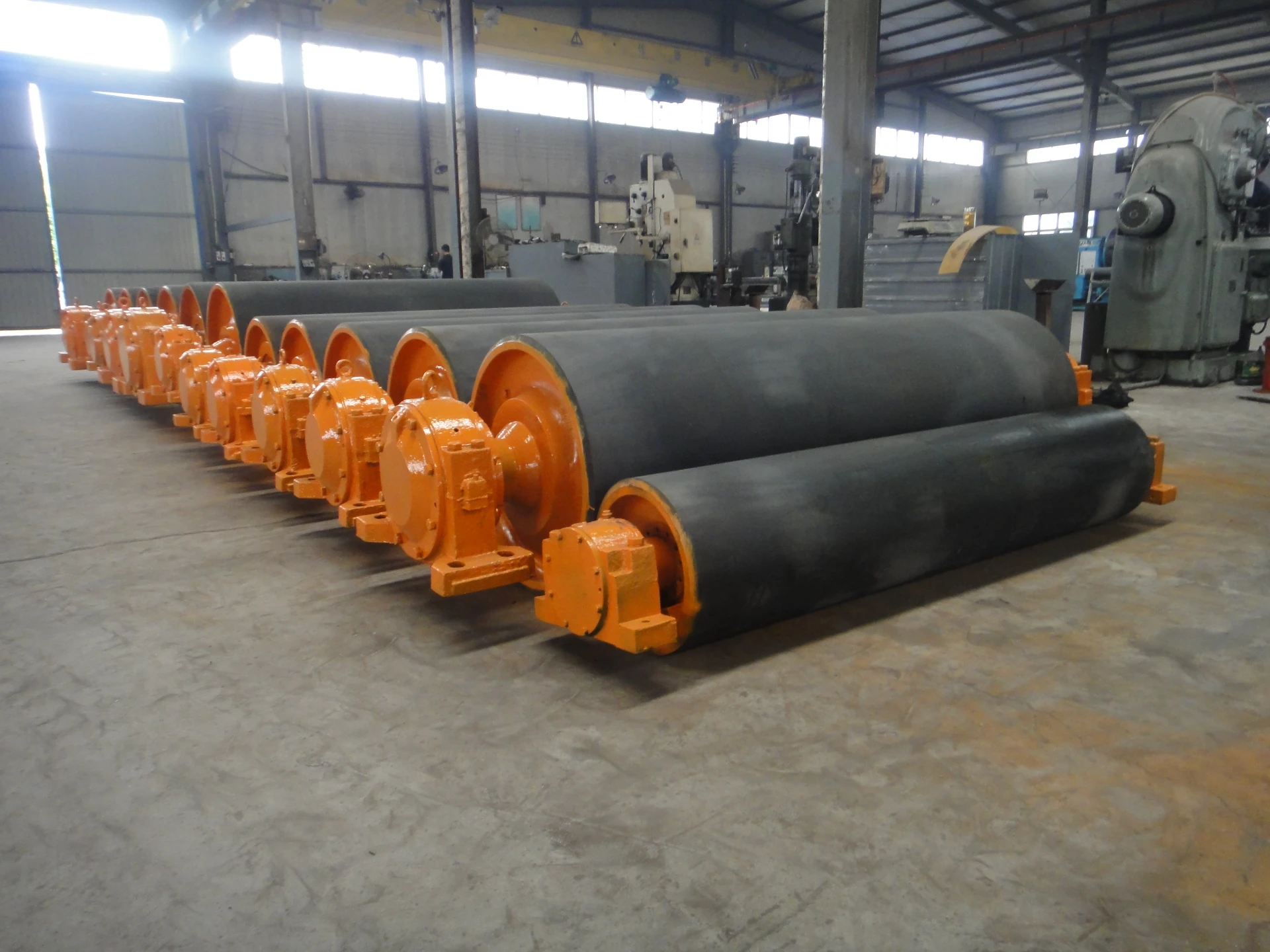 Afrikaans
Afrikaans  Albanian
Albanian  Amharic
Amharic  Arabic
Arabic  Armenian
Armenian  Azerbaijani
Azerbaijani  Basque
Basque  Belarusian
Belarusian  Bengali
Bengali  Bosnian
Bosnian  Bulgarian
Bulgarian  Catalan
Catalan  Cebuano
Cebuano  Corsican
Corsican  Croatian
Croatian  Czech
Czech  Danish
Danish  Dutch
Dutch  English
English  Esperanto
Esperanto  Estonian
Estonian  Finnish
Finnish  French
French  Frisian
Frisian  Galician
Galician  Georgian
Georgian  German
German  Greek
Greek  Gujarati
Gujarati  Haitian Creole
Haitian Creole  hausa
hausa  hawaiian
hawaiian  Hebrew
Hebrew  Hindi
Hindi  Miao
Miao  Hungarian
Hungarian  Icelandic
Icelandic  igbo
igbo  Indonesian
Indonesian  irish
irish  Italian
Italian  Japanese
Japanese  Javanese
Javanese  Kannada
Kannada  kazakh
kazakh  Khmer
Khmer  Rwandese
Rwandese  Korean
Korean  Kurdish
Kurdish  Kyrgyz
Kyrgyz  Lao
Lao  Latin
Latin  Latvian
Latvian  Lithuanian
Lithuanian  Luxembourgish
Luxembourgish  Macedonian
Macedonian  Malgashi
Malgashi  Malay
Malay  Malayalam
Malayalam  Maltese
Maltese  Maori
Maori  Marathi
Marathi  Mongolian
Mongolian  Myanmar
Myanmar  Nepali
Nepali  Norwegian
Norwegian  Norwegian
Norwegian  Occitan
Occitan  Pashto
Pashto  Persian
Persian  Polish
Polish  Portuguese
Portuguese  Punjabi
Punjabi  Romanian
Romanian  Russian
Russian  Samoan
Samoan  Scottish Gaelic
Scottish Gaelic  Serbian
Serbian  Sesotho
Sesotho  Shona
Shona  Sindhi
Sindhi  Sinhala
Sinhala  Slovak
Slovak  Slovenian
Slovenian  Somali
Somali  Spanish
Spanish  Sundanese
Sundanese  Swahili
Swahili  Swedish
Swedish  Tagalog
Tagalog  Tajik
Tajik  Tamil
Tamil  Tatar
Tatar  Telugu
Telugu  Thai
Thai  Turkish
Turkish  Turkmen
Turkmen  Ukrainian
Ukrainian  Urdu
Urdu  Uighur
Uighur  Uzbek
Uzbek  Vietnamese
Vietnamese  Welsh
Welsh  Bantu
Bantu  Yiddish
Yiddish  Yoruba
Yoruba  Zulu
Zulu rubber lagging
Understanding Rubber Lagging An Essential Component in Industrial Applications
Rubber lagging is a crucial technology employed in various industrial settings, primarily involving the use of rubber surfaces on rotating equipment, such as pulleys and drums. This specialized material serves multiple essential functions, enhancing the performance and longevity of machinery. In this article, we will explore what rubber lagging is, its benefits, applications, and maintenance considerations.
What is Rubber Lagging?
Rubber lagging refers to the process of applying layers of rubber material on the surfaces of rotating equipment. The primary aim is to enhance the friction between the drive belt and the drum or pulley, thus improving the overall performance of the system. The rubber layer acts as a protective barrier, shielding the underlying material from wear and tear, while also providing a durable surface that can withstand harsh operational conditions.
Rubber lagging can come in various types depending on specific applications, including smooth, patterned, and grooved finishes. The choice of lagging type often depends on the intended application, the materials being moved, and environmental factors such as moisture, temperature, and abrasive elements.
Benefits of Rubber Lagging
There are several advantages associated with the use of rubber lagging in industrial applications
1. Increased Friction One of the primary benefits of rubber lagging is the enhanced friction it provides. This increased grip allows for better power transmission from the drive system to the load, leading to improved efficiency in material handling and processing.
2. Wear Resistance Rubber is inherently resistant to wear and can absorb impacts from materials being conveyed. This helps to prolong the life of both the lagging itself and the underlying equipment, reducing maintenance costs and downtime.
3. Noise Reduction Rubber has sound-dampening properties, which can significantly reduce noise levels generated by moving machinery. This is especially important in industries where compliance with noise regulations is mandatory.
4. Vibration Dampening The elasticity of rubber also helps in minimizing vibrations transmitted through machinery. This can enhance operator comfort and improve the overall stability of the system.
5. Corrosion Resistant Rubber lagging can be formulated to resist various corrosive substances, making it ideal for industries dealing with chemicals, oils, or other harsh materials.
rubber lagging

Applications of Rubber Lagging
Rubber lagging is predominantly used in the mining, construction, and manufacturing industries. Some common applications include
- Conveyor Systems In conveyor setups where heavy materials are transported, rubber lagging is used on the pulleys to enhance grip and reduce slipping. This ensures smooth material movement, minimizing the risk of jams or interruptions.
- Material Handling Rubber lagging enhances the effectiveness of equipment used in handling bulk materials, such as in cement plants, quarries, and power stations.
- Rollers and Drums Many industrial settings require large rollers and drums to move products. Applying rubber lagging to these components improves efficiency and durability.
- Agricultural Equipment In farming operations, rubber lagging can be found on equipment that processes crops, helping to prevent damage to both the machinery and the products being harvested.
Maintenance Considerations
Although rubber lagging is designed for durability, proper maintenance is essential to ensure its longevity and effectiveness. Regular inspections should be conducted to check for signs of wear, such as cracks, splits, or excessive glazing. Any damage found should be repaired or replaced promptly to avoid impacting the performance of the equipment.
Additionally, keeping the rubber surface clean from debris and contaminants can further enhance its performance and lifespan. Operators should be aware of any changes in equipment performance, which might signal the need for maintenance or lagging replacement.
Conclusion
Rubber lagging is a vital component in many industrial processes, providing enhanced durability, efficiency, and safety. By increasing friction, reducing noise, and protecting against wear, rubber lagging ensures that equipment operates smoothly even in demanding environments. As industries continue to evolve, understanding and effectively utilizing rubber lagging will remain essential for optimizing performance and reducing operational costs. Proper maintenance practices will further extend the life of this valuable technology, affirming its role as a cornerstone in reliable industrial operations.
-
Revolutionizing Conveyor Reliability with Advanced Rubber Lagging PulleysNewsJul.22,2025
-
Powering Precision and Durability with Expert Manufacturers of Conveyor ComponentsNewsJul.22,2025
-
Optimizing Conveyor Systems with Advanced Conveyor AccessoriesNewsJul.22,2025
-
Maximize Conveyor Efficiency with Quality Conveyor Idler PulleysNewsJul.22,2025
-
Future-Proof Your Conveyor System with High-Performance Polyurethane RollerNewsJul.22,2025
-
Driving Efficiency Forward with Quality Idlers and RollersNewsJul.22,2025





























